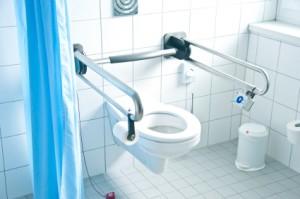Surgery for urinary incontinence is an option, but it shouldn’t be your first option. There are various other treatment plans available for incontinence. It all depends on the type of incontinence you have and what is causing it. Before you resort to surgery, try out these behavioral treatments to help you regain bladder control:
Pelvic floor exercises
The muscles that are used to help control urine flow can get weak or stretched out, causing urinary leakage. Many people who experience incontinence are encouraged to do pelvic floor exercises, or kegel exercises, to strengthen these muscles. Exercises involve repeatedly squeezing and holding the pelvic floor muscles. To do this, squeeze the muscles you’d use to stop the flow of urine. Exercises should be done daily for best results. For those who have trouble finding the correct muscles or doing the exercises, ask your primary care doctor or a pelvic floor therapist for help.

Bladder Retraining
Another effective behavioral method to treat incontinence is bladder retraining, which involves going to the bathroom on a daily schedule, for example, every two hours. This method works well for many people with urge incontinence or an overactive bladder. If you feel a sudden urge to go when you’re not scheduled to, remain calm and try to suppress the urge by squeezing your pelvic floor muscles. As you slowly regain control of your bladder, increase the interval of your voiding times. The goal is to be able to go 2-4 hours without having an accident and running to the bathroom.
Fluid and diet management
Did you know that you could help control incontinence symptoms by managing what you eat and drink? Certain foods can trigger bladder spasms, causing sudden urges to urinate. Anything that is spicy, sour or acidic may irritate the bladder. As for drinks, try to avoid coffee, tea, carbonated beverages or alcohol. To determine if these foods and drinks will irritate your bladder, try eliminating and re-introducing them from your diet and see if there is a change in symptoms. Be sure to increase fiber in your diet to prevent constipation and drink plenty of water to avoid dehydration.
Many people have found ways to significantly reduce their incontinence symptoms and continue living the life they want without hiding in embarrassment. Do your research and try some of these non-surgical treatments yourself. Surgery is an option, but it should be your last option.
